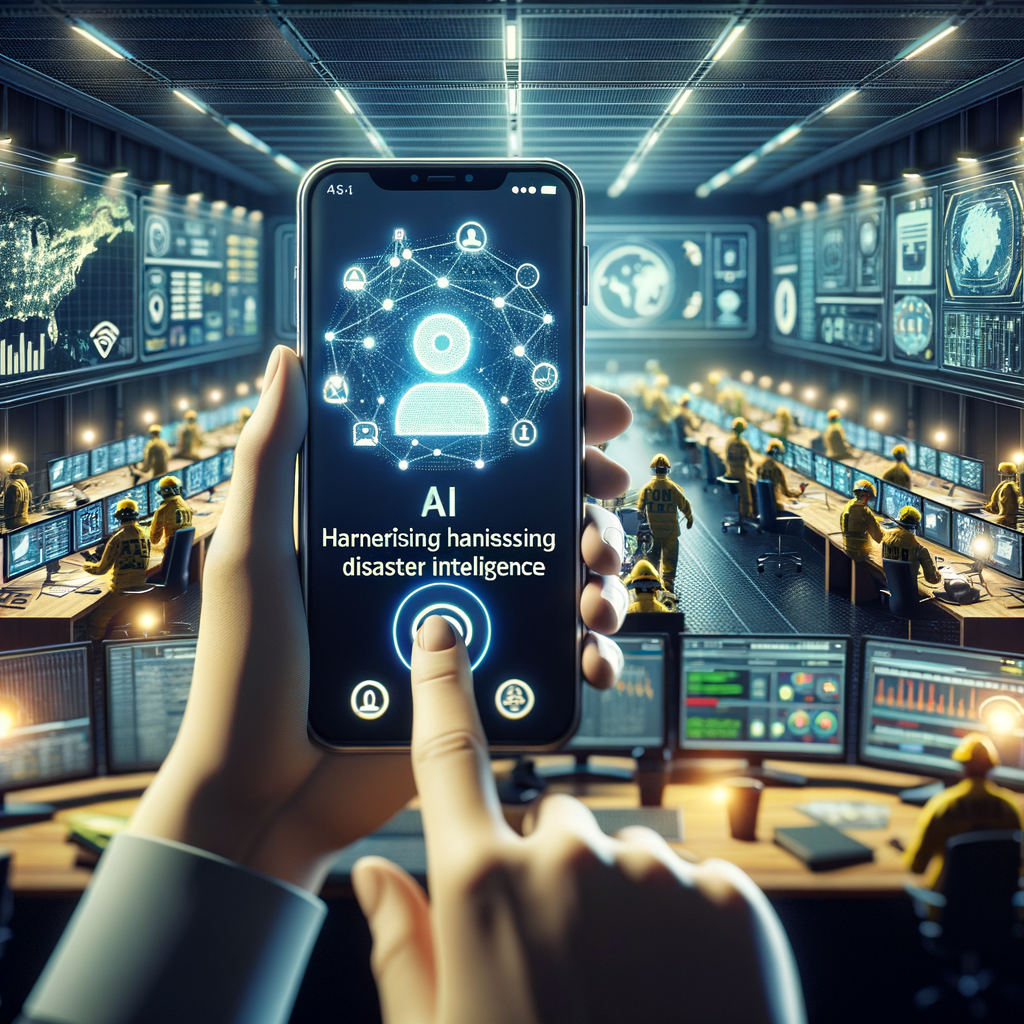AI Phone Agents Enhancing Disaster Relief Communication
AI Phone Agents Enhancing Disaster Relief Communication

Call Center – AI Phone Agents for Effective Communication in Disaster Relief
The Importance of Effective Communication in Disaster Relief
Disaster relief efforts hinge on timely and accurate communication. Whether it’s a hurricane, earthquake, or flood, having reliable channels of communication is vital. So, how do AI phone agents fit into this picture?
Introduction to AI Phone Agents
AI phone agents are automated systems designed to handle human conversations. Using advanced algorithms and natural language processing, these agents can understand and respond to callers efficiently. But it’s not just about the tech; it’s about what they bring to the table during a crisis.
What Are AI Phone Agents?
Imagine having a highly trained team available 24/7 without the limitations of human fatigue or emotional stress. AI phone agents can field calls, provide updates, and even offer calming words to distressed individuals.
The Technology Behind AI Phone Agents
These agents use machine learning and artificial intelligence to interpret real-time data and respond accordingly. They can be programmed to handle a plethora of scenarios, making them versatile tools in disaster relief.
Benefits of AI Phone Agents in Disaster Relief
When disaster strikes, people need information quickly. Here are some ways AI phone agents excel:
24/7 Availability
AI phone agents never sleep. They’re available around the clock, ensuring that no call goes unanswered. This is especially crucial during widespread emergencies when human operators might be overwhelmed.
Scalability
Disasters often lead to a sudden influx of calls. AI phone agents can seamlessly handle a surge in call volumes, scaling up as needed without compromising efficiency.
Multi-Language Support
Crisis situations do not discriminate based on language. AI phone agents can be programmed to communicate in multiple languages, broadening their reach to diverse communities.
Why Multi-Language Support Matters
Language barriers can be life-threatening during disasters. By providing accurate information in various languages, AI phone agents ensure that no one is left out, enabling more effective communication.
Real-World Applications
AI phone agents are not just theoretical; they’re actively being used in various disaster relief scenarios.
Case Study: The 2020 Wildfires
During the 2020 Wildfires in California, AI phone agents were deployed to assist emergency services. They provided timely updates on evacuation routes, shelter availability, and fire containment efforts.
Case Study: Hurricane Relief Efforts
AI phone agents were instrumental in managing calls during hurricanes by offering real-time updates on weather conditions, emergency contacts, and safe zones.
Setting Up AI Phone Agents in Call Centers
So, what goes into setting up these life-saving agents in call centers?
Infrastructure Requirements
To deploy AI phone agents, call centers need robust IT infrastructure. This includes high-speed internet, reliable servers, and backup systems to ensure uninterrupted service.
Training and Development
AI agents need to be trained to handle specific disaster scenarios. Machine learning models must be regularly updated to adapt to new data and evolving situations.
Continuous Learning
AI phone agents improve over time with continuous learning. By analyzing previous interactions, they refine their ability to respond accurately to new emergencies.
Overcoming Challenges
Adopting AI phone agents is not without its challenges. Here are some key hurdles and how they can be overcome.
Technical Glitches
Like any technology, AI phone agents are susceptible to glitches. Regular maintenance and updates are essential to minimize downtime and ensure reliability.
Public Trust and Acceptance
People might be skeptical about relying on AI during a crisis. Clear communication about the capabilities and limitations of AI phone agents can help build trust.
The Future of AI Phone Agents in Disaster Relief
The future is promising for AI in disaster relief. As technology evolves, these agents will become even more sophisticated, offering deeper insights and more accurate responses.
Integration with Other Technologies
Future advancements might see AI phone agents integrated with drones for aerial surveillance or IoT devices for real-time data collection, creating a more comprehensive disaster management system.
Conclusion
AI phone agents are revolutionizing disaster relief efforts. By providing timely, accurate, and scalable communication, they significantly enhance the efficiency of emergency response teams. As technology continues to advance, their role in disaster management will undoubtedly grow, potentially saving countless lives.
FAQs
1. What are AI phone agents?
AI phone agents are automated systems that use artificial intelligence to handle human conversation efficiently and accurately, often used in customer service and disaster relief scenarios.
2. How do AI phone agents assist in disaster relief?
They provide timely and accurate information, manage large volumes of calls, offer multilingual support, and work around the clock, ensuring that critical information is communicated swiftly and effectively.
3. Are there any limitations to AI phone agents?
Yes, like any technology, AI phone agents can experience technical glitches and may require robust infrastructure and continuous updates to function at their best.
4. Can AI phone agents handle multiple languages?
Absolutely. AI phone agents can be programmed to support multiple languages, which is crucial during international disasters or in communities with diverse populations.
5. What is the future of AI phone agents in disaster relief?
The future looks bright, with potential integrations with drones for aerial surveillance and IoT devices for real-time data collection, making disaster management more efficient and effective.

